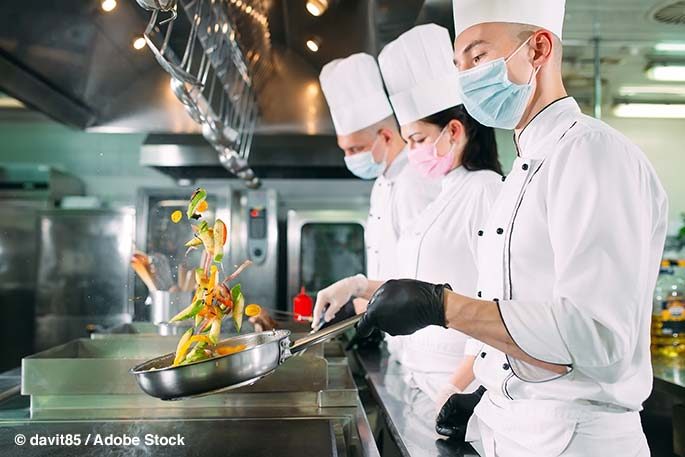
During the COVID-19 pandemic, restaurants are facing new challenges. Disease-fighting restrictions are adding to costs while reducing revenue. Apart from cutting staff, what can you as a restaurant manager do to increase your chances of staying afloat? To reduce costs, reduce food waste in a consistent, systematic way.
Restaurants have two categories of food waste: pre-consumer and post-consumer. With dining room service largely replaced with curbside pickup, takeout, and/or delivery, focus on reducing pre-consumer waste, also called kitchen waste.null
Develop Efficient System of Food Storage and Preparation
Develop a system for using and preparing food efficiently and recording what you are discarding. Prevent spoilage by the way you store and prepare food. For instance, use the “first-in/first-out method” for inventory, storing, and using perishable food according to its expiration date. Also, train your staff to cut meats and vegetables to maximize ingredient use. Then, keep a record of everything you throw out and why. Is food wasted because it is spoiled, stale, or no longer meets your freshness standards? Are your staff members discarding parts during preparation that could be utilized?
Periodically analyze how to waste less during food storage and use. Ask what types of food are spoiling most often. Purchase smaller quantities of those foods. Although you might lose out on the savings that come with buying in bulk, you will save on the time your staff spends discarding items that have gone bad. Research how to prepare parts of meats and vegetables that you are accustomed to tossing. Challenge yourself to be creative by inventing new dishes or by putting new spins on old favorites.
Harness Your POS (Point of Sale) Data
Review data from your POS, or Point of Sale, system—the software that runs your Internet-connected cash registers and credit card readers. The POS records which foods you are selling each day, the quantity you are selling, and what remains in inventory. Review this, noticing what gets wasted. For instance, instead of preparing a large batch, knowing that half might not be served, you can apply the POS data to prepare the right-sized batch and as a result, discard less food.
Right-Size Your Offerings
Continue to evaluate your menu. Use the POS system to eliminate dishes that sell the least and are the least profitable. You can then use the money you save to purchase more of the ingredients of dishes that have sold well recently and are most likely to sell well in the near future.
Once you have decided on the dishes you will keep on the menu, take a portion size. Ensure that the same amount of food gets served to each customer who orders a given dish. Your employees can achieve this with portion scales and spoons. Also, consider offering several portion sizes for popular side dishes, giving customers a choice between small, medium, and large. These strategies can result in reducing pre-consumer and post-consumer waste.
Although you face many pressures, do not overlook the food waste challenge. By becoming more efficient in your food storage and preparation, applying your point-of-sale data, and re-evaluating your menu, you can reduce food waste and save your restaurant money.











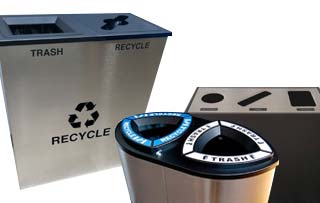









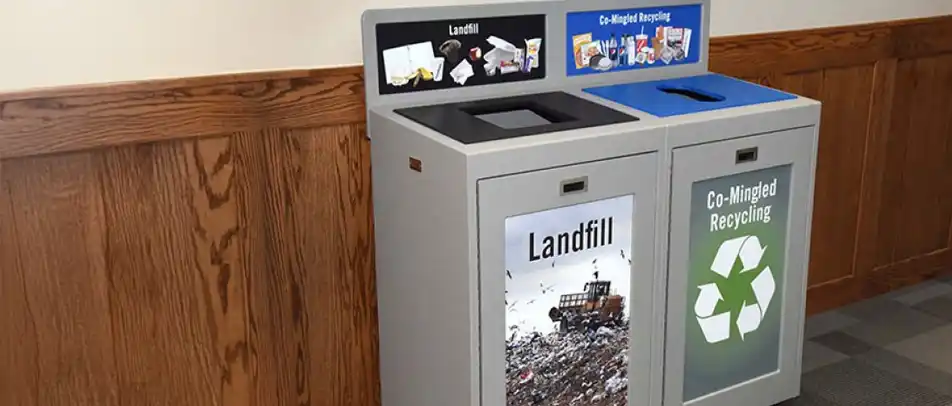










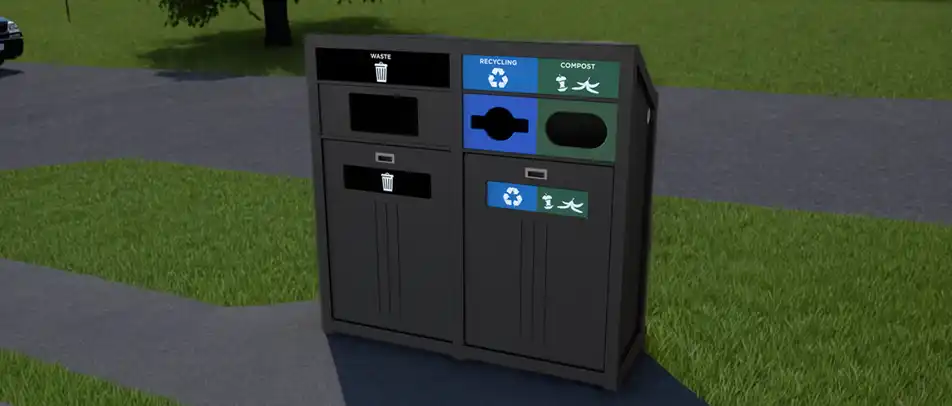












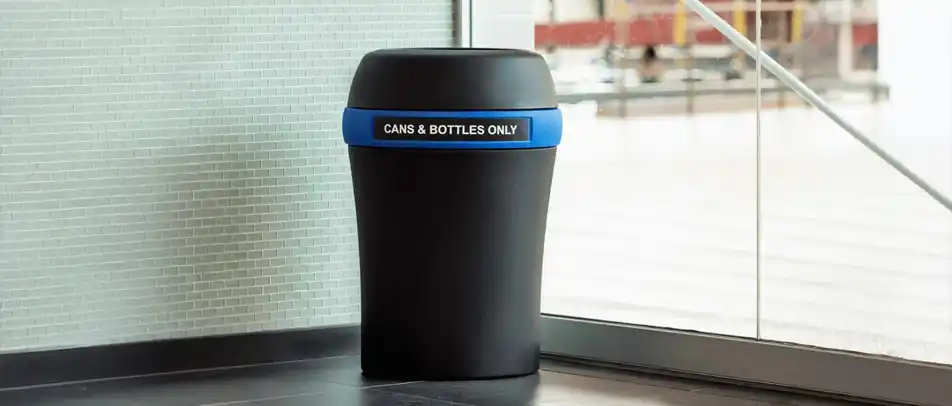









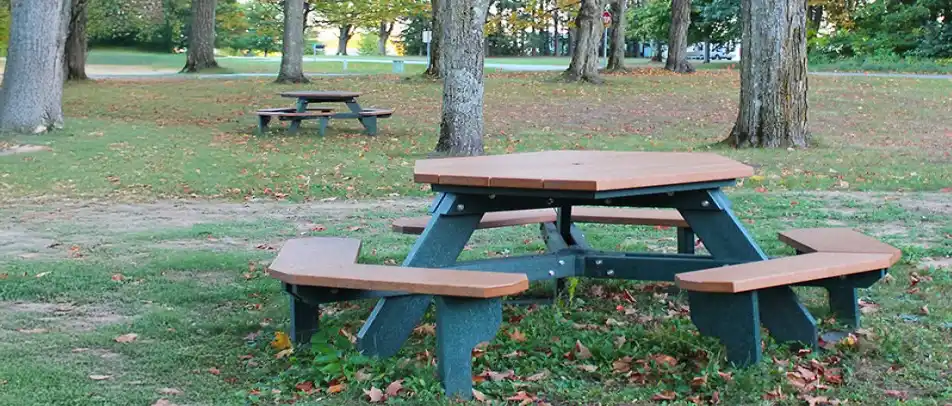
































 Three Ways to Engage Teams and Clients to Maximize Your Recycling Program Engagement
Three Ways to Engage Teams and Clients to Maximize Your Recycling Program Engagement  How to Integrate Accessibility Into Your Sustainability Planning
How to Integrate Accessibility Into Your Sustainability Planning  Why Park Benches Can Promote Workplace Well-Being
Why Park Benches Can Promote Workplace Well-Being 
